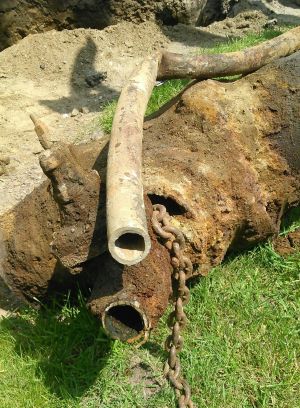Monitoring for Lead and Copper
 NHDES may require that a water system undertake corrosion control activities if lead and/or copper are found at specific levels. The Lead and Copper Rule requires community and non-transient, non-community water systems to conduct tests to determine if lead and copper are present in high levels at the consumer's tap. The action levels are 0.015 milligrams per liter (mg/L) for lead and 1.3 mg/L for copper. Water systems are required to share the results of the lead samples with their consumers at the location where they were collected (known as Consumer Notification). The consumers need to be given information about the results, health effects, exposure routes and contact information. Water systems must also send a copy of the letter to NHDES and certify to this office that it was distributed in accordance with the rules. NHDES provides the following resources for public water systems:
NHDES may require that a water system undertake corrosion control activities if lead and/or copper are found at specific levels. The Lead and Copper Rule requires community and non-transient, non-community water systems to conduct tests to determine if lead and copper are present in high levels at the consumer's tap. The action levels are 0.015 milligrams per liter (mg/L) for lead and 1.3 mg/L for copper. Water systems are required to share the results of the lead samples with their consumers at the location where they were collected (known as Consumer Notification). The consumers need to be given information about the results, health effects, exposure routes and contact information. Water systems must also send a copy of the letter to NHDES and certify to this office that it was distributed in accordance with the rules. NHDES provides the following resources for public water systems:
- Sampling instructions.
- Notification letter template – to advise your consumers of their lead results.
- Forms and templates
Contact:
Bess Morrison
bess.a.morrison@des.nh.gov
(603) 271-0655




